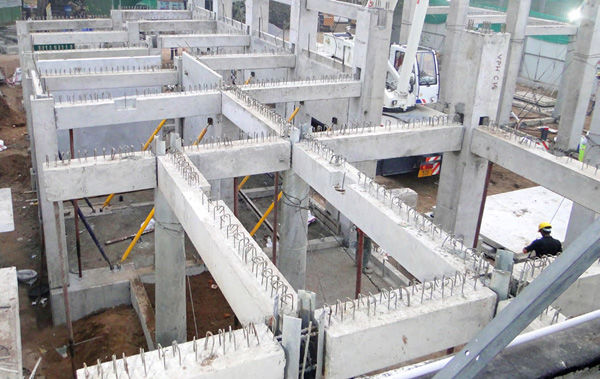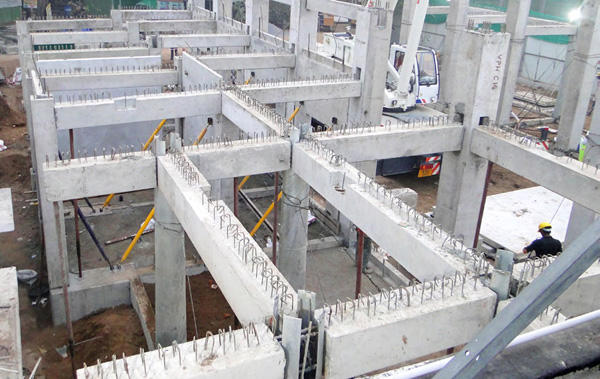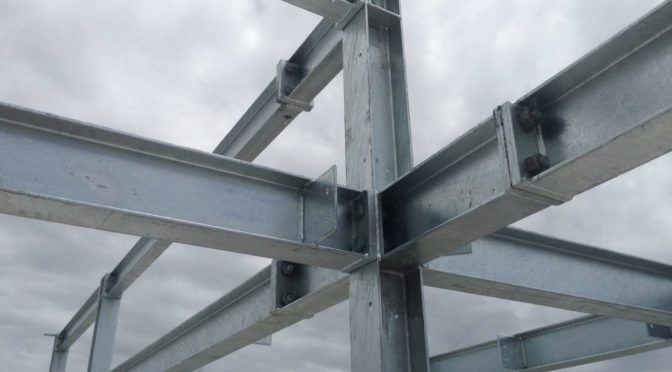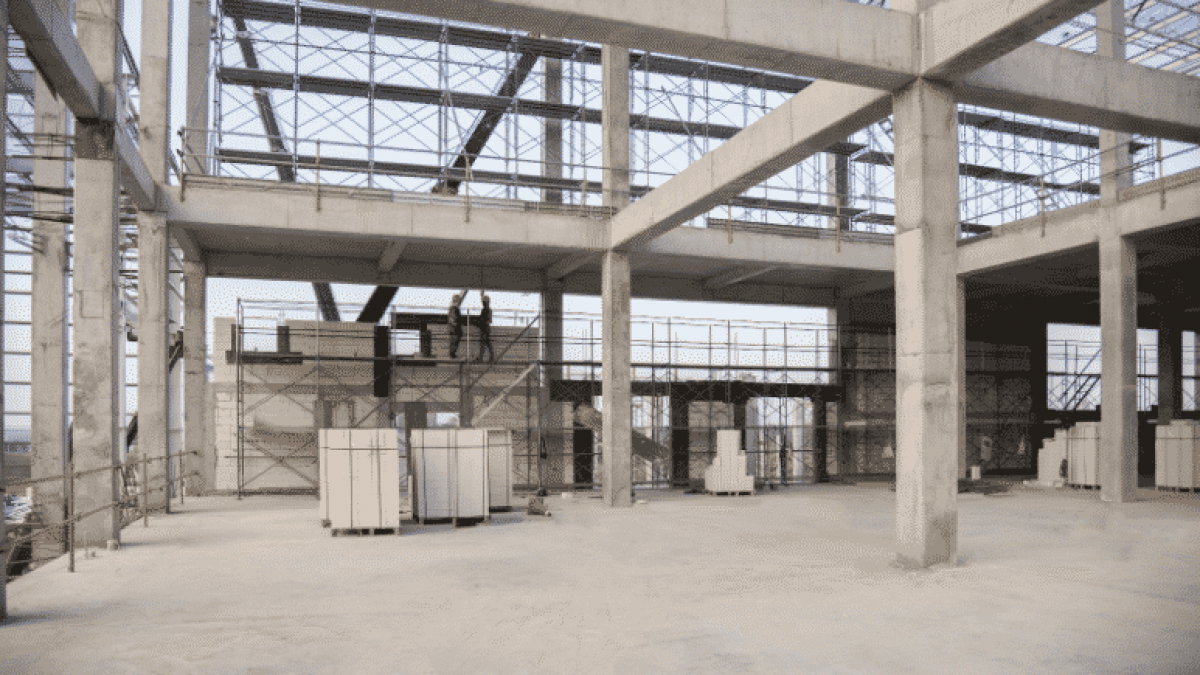When building structural designs to reality, it is very much important for the structural engineers to consider several aspects. One of the most significant factors in ensuring secured and long-lasting structures is stability.
In creating a safe load path to transfer weight and forces on a building to the foundations and into the ground, beam is one of the main structural components. Beams are horizontal structural components that sustain vertical loads, strains from lateral shifts, and instances of bending. They are structural components that is capable of resisting its bending forces and carry loads perpendicular to their longitudinal direction.
Concrete Beams | Photo Courtesy: structville.com
Purpose of beams
We use beams to:
- Support weight of floors, ceilings and roofs of a building
- Counter bending moment and shear forces
- Connect the structure together
- Provide a uniform distribution of loads
Steel vs. Concrete Beams
When it comes to choosing which structural materials to use, always bear in mind that it will depend on the project itself. Aspects like budget, sturdiness, or fire resistance can influence the decision on the material to be used for the beams. Below, steel and concrete will go head-to-head on which material is better suited for your project.
Steel Beams | Photo Courtesy: meeedesignservices.com
Cost
Reinforced concrete is usually pricier than structural steel. Steel, an alloy of iron, is cheaper to manufacture. On the other hand, concrete’s prices do not heavily fluctuate over the years, unlike steel. When it comes to insurance, it’s better news on the concrete’s side on account of their durability and fire resistance. Concrete has lower premiums on their policies while steel has a higher premium as it is less resistant to fire.
Strength
One of steel’s best-selling attributes is its tensile strength. This type of strength is the material’s ability to withstand being stretched or pulled. What concrete lacks in tensile strength, they make up for with its impressive compressive strength (the ability to resist being reduced in size due to pressure applied). In order for concrete to enhance its strength, it has to be fortified with steel rebar (this type of concrete is known as reinforced concrete).
Steel Beams | Photo Courtesy: howtodiscuss.com
Durability
Reinforced concrete can withstand extreme weather fluctuations, chemicals, seawater, moisture, solar radiation, and corrosion. It’s crucial that the rebar inside the reinforced concrete does not come into contact with elements that could possibly corrode it. Steel is vulnerable when it has water exposure, it has a high possibility of corroding.
Fire Resistance
The makeup of concrete causes it to be resistant to fire. Although steel is also relatively fire-resistant, its exposure to intensely high temperatures can weaken its strength. According to a study, lighter concrete can withstand fires better due to its insulating capability and lesser heat transfer rate. The strength of both materials is compromised when exposed to severely high temperatures. There are solutions to make steel more fire-resistant, for example: applying fire-resistive coatings.
Photo Courtesy: structuralengineeringbasics.com
Sustainability
The good news for the environment, both materials can be recycled. Approximately 85% of all steel that is utilized globally is recycled and about 90% of structural steel that is employed today is made from recycled steel. Recycled concrete can be utilized in making prospected future mixes.
With all of these factors in mind, both steel and concrete have their own advantages and disadvantages. What the priority of the project is or its goals will ultimately determine the material that will be used for the structure. Weigh the good points and bad points and see which factor is the most significant and appropriate for your budget and project.
CITATIONS:
Moid, E. (2019, March 9). WHAT IS BEAM? IT’S TYPES, SIZES, PURPOSE. CivilClick.Com. https://www.civilclick.com/what-is-beam/
Why Beams and Columns Are Important for Building Construction? (n.d.). RAMJACK. Retrieved July 14, 2021, from https://www.ramjackokc.com/articles/why-beams-and-columns-are-important-for-building-construction
Hamakareem, M. I. (n.d.). What is Slab, Beam, Column, and Footing Construction? The Constructor. Retrieved July 13, 2021, from https://theconstructor.org/structural-engg/slab-beam-column-footing-construction/24934/
Concrete vs Steel: What You Need to Know. (2020, January 20). Design Everest. https://designeverest.com/blog/concrete-vs-steel/
Steel vs. Concrete: Which Comes Out on Top. (2016, September 7). Swanton Welding Company. https://blog.swantonweld.com/steel-vs.-concrete-which-comes-out-on-top
![]()












